After the pandemic turned us off using notes and coins, many business owners are calling for a return as card fees rack up. But is cash still king in hospitality?
Owner of Dundee’s The Shack Street Food Gill Young absolutely thinks everyone loves a wee bit of cash.
When she set up her business on Isla Street seven years ago, she only took cash payments. When her daughter came to work for her a few years ago, Gill was talked into finally getting a card machine.
“I’m from a generation where cash is king,” says the 51-year-old.
“I’m so used to counting everything in my head, so handling cash takes me seconds.”
On the other hand, when Fraser Smith opened EH9 Espresso in June 2021, he only accepted card. While most customers didn’t mind, some were not happy.
He says: “We faced backlash and a few people were annoyed.
“We had to check ourselves and think about whether we were being arrogant.
“Later we started accepting cash payments, which made us more accessible for everyone.”
Card fees or cash handling time sink
While EH9 Espresso accepts cash, there is no till or signs showing that is the case. The 27-year-old owner definitely prefers card payments.
His business’ bank account is with online bank Monzo, meaning Fraser has no physical branch to hand money in to. He finds the online bank easier than a physical one, as he can do everything from his phone and monthly fees are low.
Many businesses, including Milton Haugh Farm Shop in Angus, have spoke out against high card transaction fees eating into profits. Fraser doesn’t see the fees as an issue.
“If I process all payments through card, I get better rates because we’re doing high numbers,” he explains.
“I’ve also done a cost analysis on handling errors versus card fees. With card I believe there’ll be less money going missing as there’s no miscounting.”
At The Shack, Gill prefers counting in her head. With a lot of products, it takes time to find them all on her phone, which connects to her SumUp card reader.
She also doesn’t need the till to track what items she’s selling as she already knows what she needs to buy in every day.
Gill says: “It’s time consuming to pick up my phone, go through the menu, pick out the items and connect the card reader.
“I’m wasting my time taking payments and I’m getting less money as it will get taken off me in fees.”
Testing payment through bank transfer
All orders are cooked fresh by Gill in The Shack, meaning customers spend a few minutes waiting for their food.
She is now trialling a new payment method, by giving people the option to send her a bank transfer while they wait.
“While I’m chatting to them and making their meal, they can just put the money into my account through a normal transfer,” she says.
“Everyone’s there with their phones anyway. They pay with their phone rather than their card, so their banking app is already on there.”
In the Perth Road coffee shop, orders are also brewed fresh. Baristas are often juggling two or three tasks at the same time, on top of taking payments.
While weighing coffee and steaming milk, standing at the till takes attention away from the brewing. Thankfully, Fraser estimates only 10% of customers want to use cash.
“Not handling cash makes the staff more relaxed, as they have fewer jobs to do,” he says.
“They’re already multitasking, and if they feel relaxed it makes the atmosphere in the shop more relaxed.”
Cash or card shows generational divide
Taking contactless one step further, EH9 Espresso also offers an online loyalty card. By tapping your phone on a reader, you can collect stamps when picking up your coffee.
The app also allows Fraser to track when the shop is at it’s busiest and send out notifications about events and offers to customers.
Gill believes we are seeing a generational divide in the cash or card debate. While she understands the convenience of card payments, she hopes to see cash stay.
“What I hate is that SumUp holds on to my money and doesn’t pay me until teatime. From Friday until Tuesday afternoon I don’t see my hard-earned cash,” she says.
“The kids only know phones and online banking. They’re the new school and we’re the old school, two different lives moving at once.
“With cash, you get the whole lot and you could spend it right there.
“I’m glad that I’ve got loyal customers who have my details in their bank and pay straight into my account. That’s the thing I love about being in a community, everybody always helps each other.”
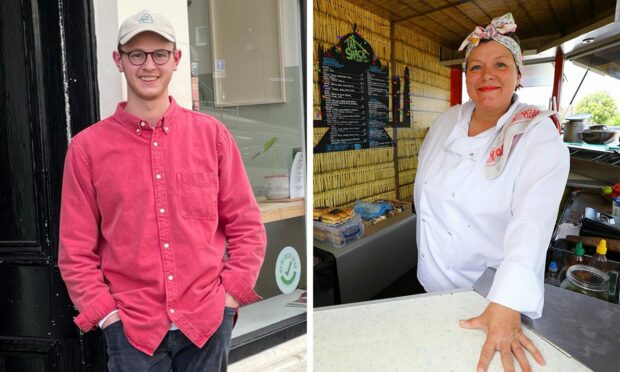
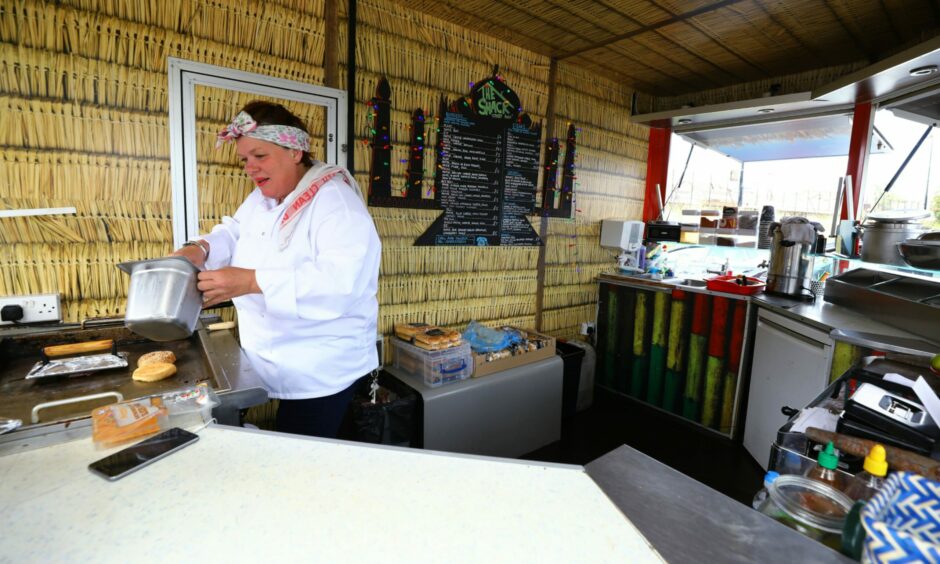
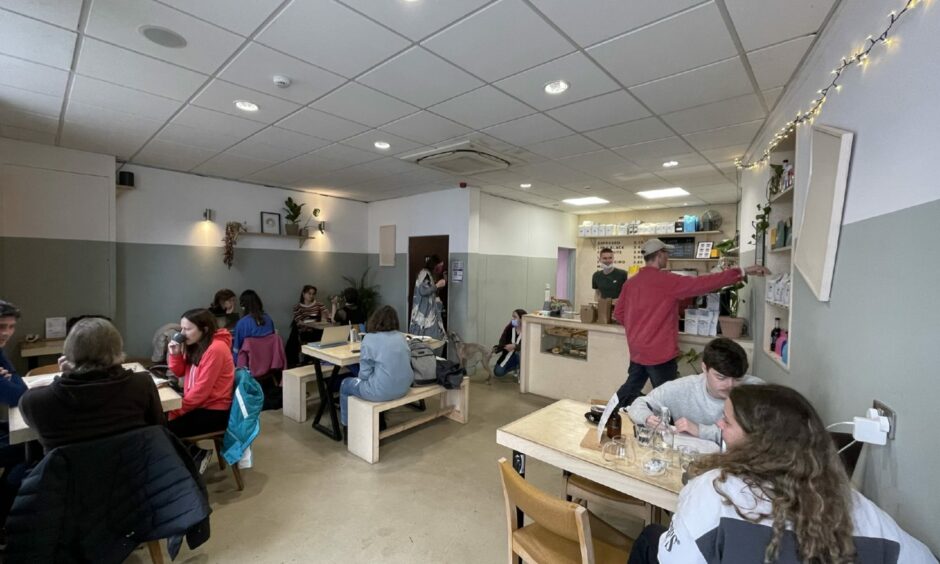
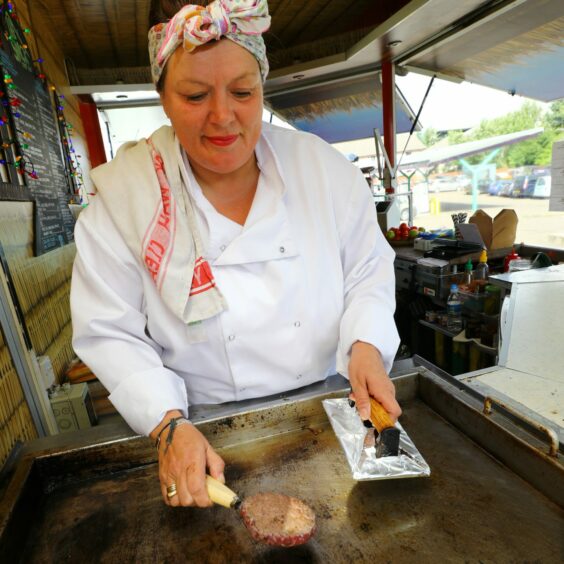
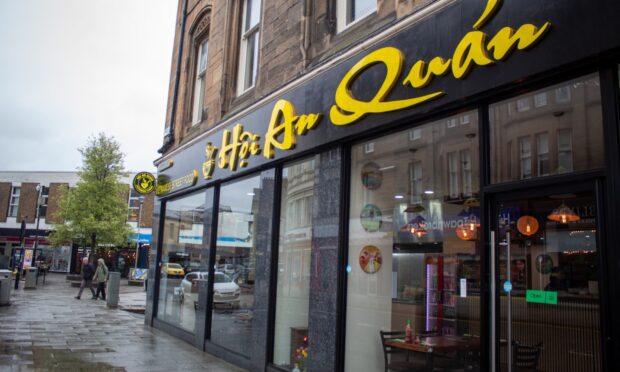


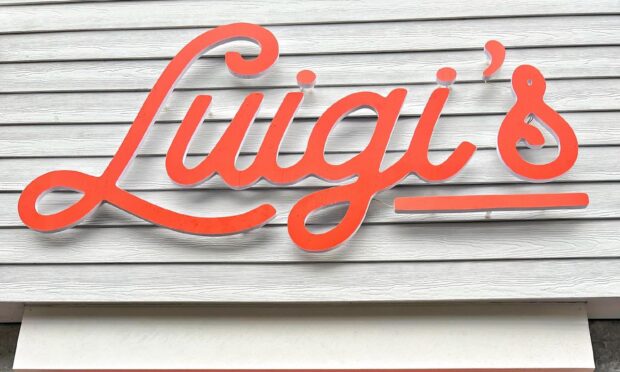
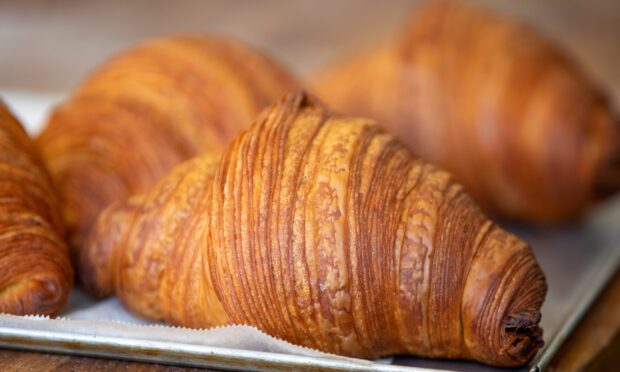
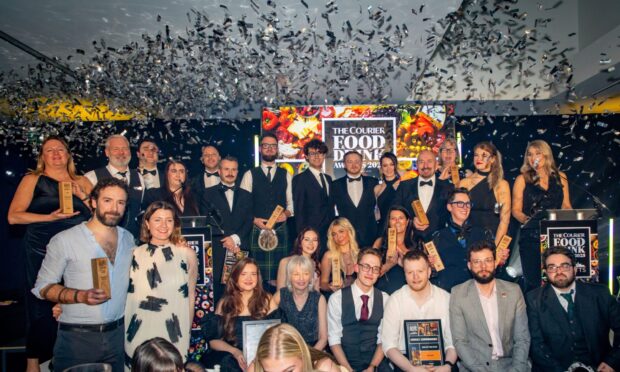
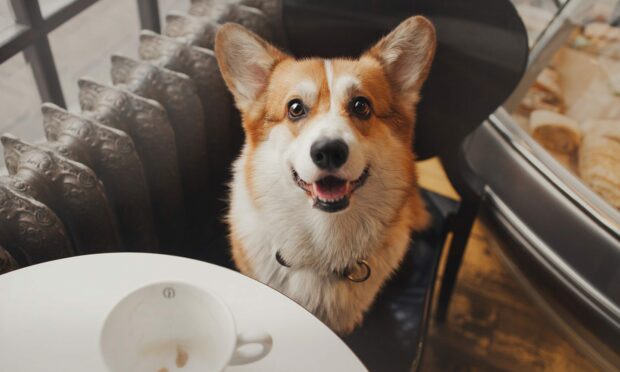
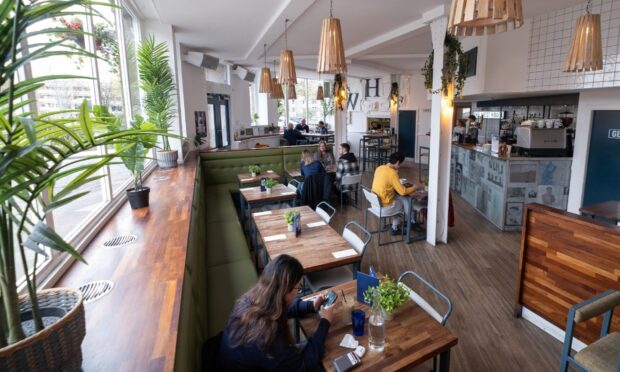
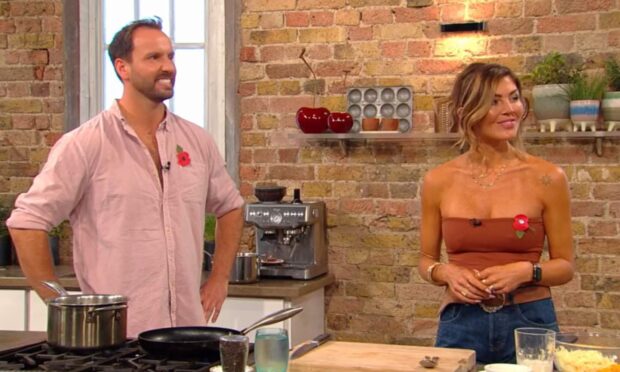
Conversation